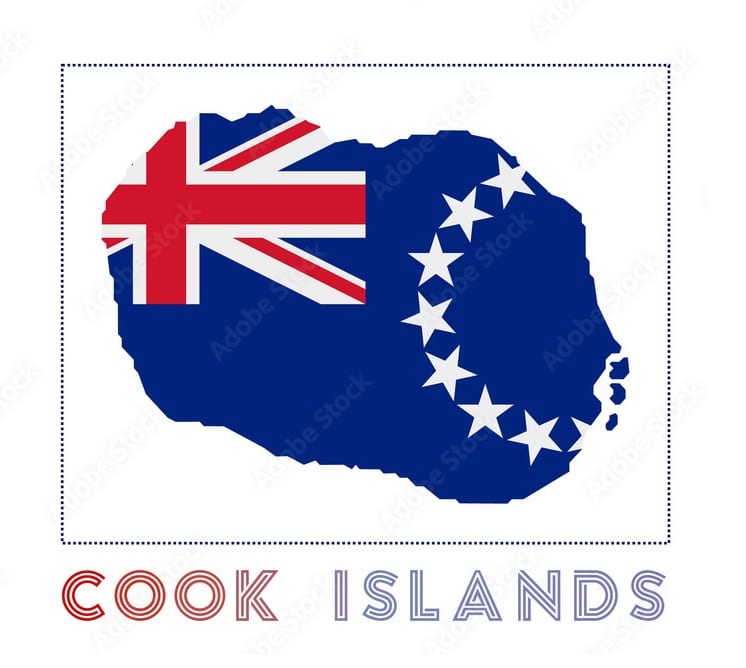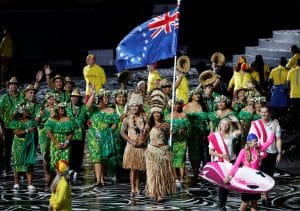Headlines
Cook Islands Population, Official Language And More.

The Cook Islands culture is based on the influences of those who settled the islands over several centuries, including Polynesians, Europeans, missionaries, pirates, and traders. The Cook Islands culture is also influenced by its free association with New Zealand, which provides some benefits such as citizenship, defense, and foreign affairs.

Cook Islands
THE POPULATION
The Cook Islands have a population of about 17,500 people, according to the 2016 census. Most of them live on the island of Rarotonga, which is also the capital and the main tourist destination. The population is mainly of Polynesian descent, with some European and Asian minorities. The population is also affected by emigration, especially to New Zealand, which offers citizenship to Cook Islanders.
THE LANDMARKS
The Cook Islands have many natural and cultural landmarks that attract visitors and reflect their history. Some of the most notable ones are:
Aitutaki Lagoon: A stunning turquoise lagoon surrounded by coral reefs and small islands, known for its snorkeling, diving and sailing opportunities.
Te Rua Manga (The Needle): A striking rock formation on Rarotonga that rises above the rainforest and offers panoramic views of the island.
Tapuaetai (One Foot Island): A small island in Aitutaki Lagoon that has a white sand beach, a coconut palm forest and a post office that stamps passports with a unique footprint stamp.
Te Vara Nui Village: A cultural center on Rarotonga that showcases the traditional dances, music, crafts and cuisine of the Cook Islands.
Marae Taputapuatea: A sacred site on Rarotonga that was once the political and religious center of Eastern Polynesia and is now a UNESCO World Heritage Site.
THE OFFICIAL LANGUAGE
The official languages of the Cook Islands are English and Cook Islands Māori (or “Rarotongan”). Cook Islands Māori is an Eastern Polynesian language that is closely related to New Zealand Māori, but has its own dialects and variations depending on the island. English is widely spoken and used in education, media and government.
THE CULTURE
The culture of the Cook Islands is a blend of Polynesian heritage and European influences, with a unique identity, customs and traditions. The culture is expressed through arts and crafts, music and songs, dance and festivals, religion and spirituality, food and hospitality. Some of the aspects of Cook Islands culture are:
Tivaevae: A form of quilting that involves intricate patterns and designs, often made by women as gifts or for special occasions.
Ukulele: A small guitar-like instrument that is popular in Cook Islands music, along with drums, conch shells and bamboo flutes.
Ura: A dance style that involves fast hip movements, accompanied by drums and chants. There are different types of ura for different occasions, such as welcome dances, farewell dances, warrior dances and love dances.
Te Maeva Nui: A festival that celebrates the self-governing status of the Cook Islands, held every year in July or August. It features competitions in dance, music, sports, arts and crafts, among other activities.
Christianity: The dominant religion in the Cook Islands, introduced by missionaries in the 19th century. Most Cook Islanders belong to the Cook Islands Christian Church, which incorporates some elements of traditional beliefs and practices.
THE ECONOMIC STABILITY
The Cook Islands have a small and open economy that relies heavily on tourism, which accounts for about 60% of GDP. Other sources of income include offshore banking, pearl farming, fishing and agriculture. The economy is vulnerable to external shocks such as natural disasters, pandemics, global recessions and fluctuations in commodity prices. The economy contracted by 29.1% in FY2021 due to the impact of COVID-19 on tourism. The recovery is expected to begin in FY2022 with GDP growth projected at 9.1%, as tourism resumes with the opening of travel bubbles with New Zealand and Australia. The government has implemented fiscal stimulus measures to support households and businesses during the crisis, but also faces challenges in maintaining debt sustainability and fiscal discipline in the medium term.





